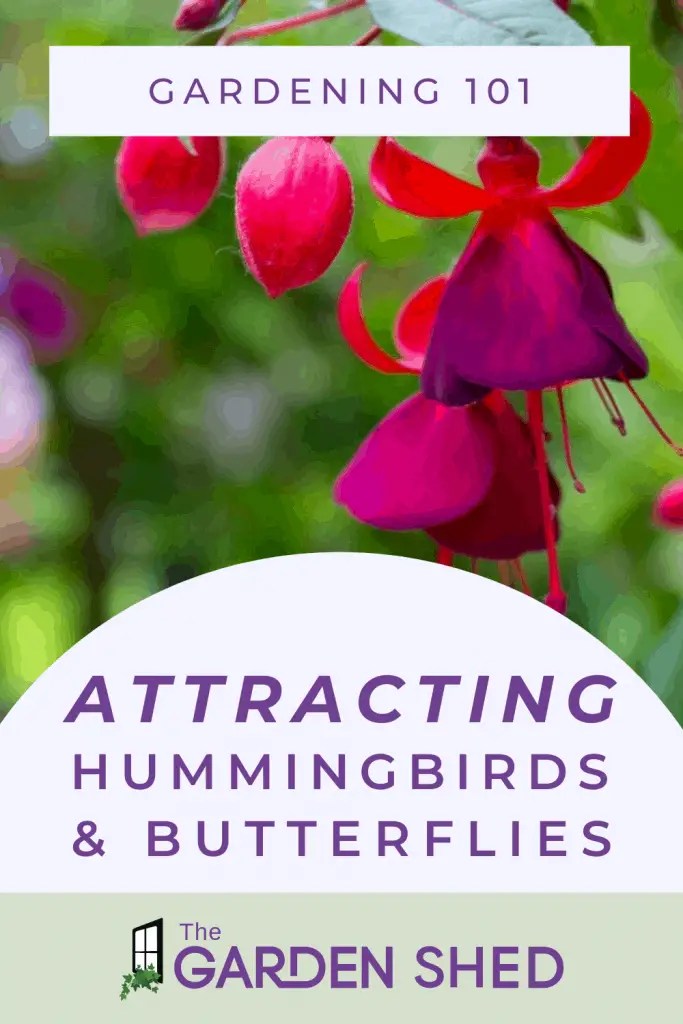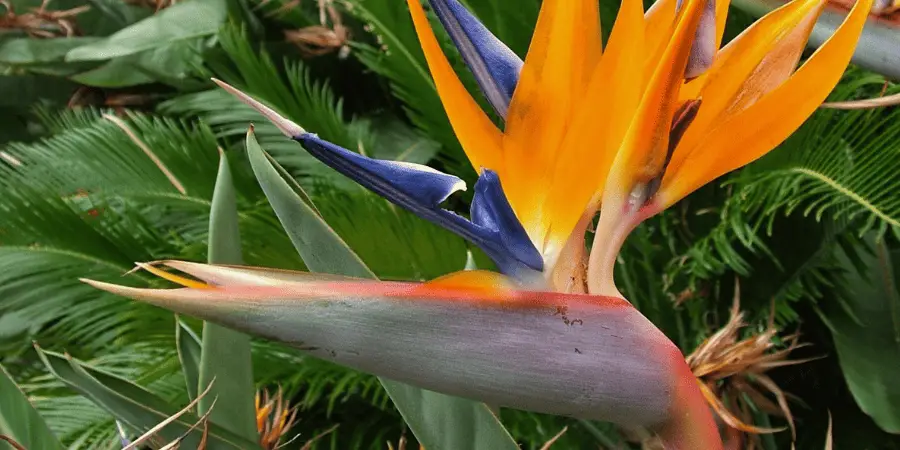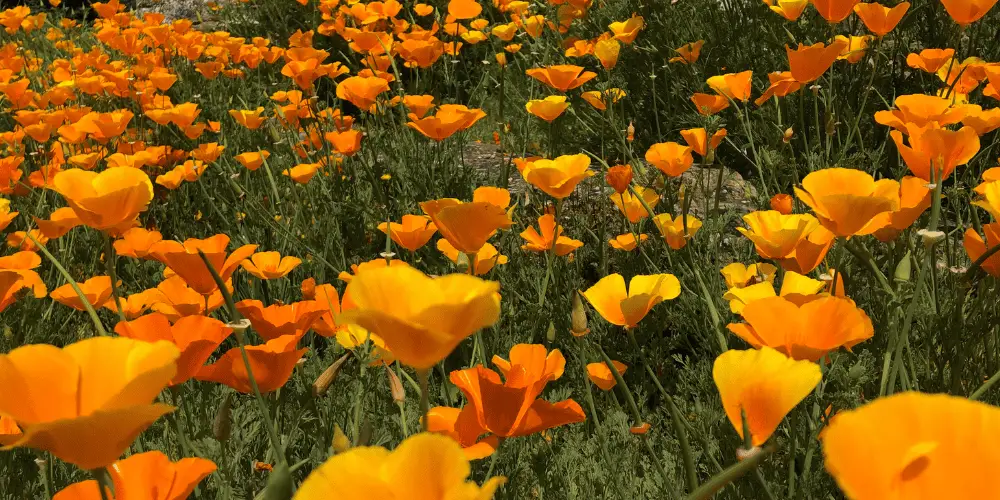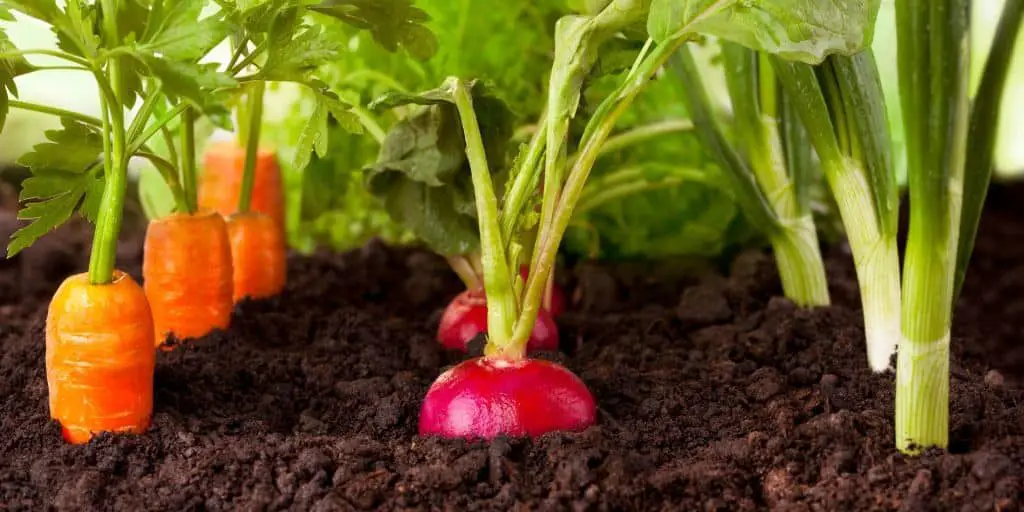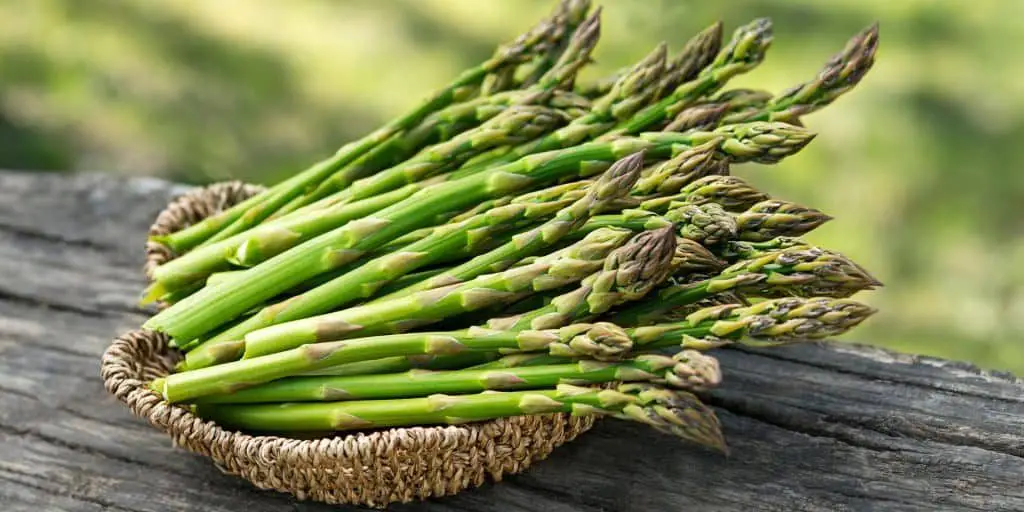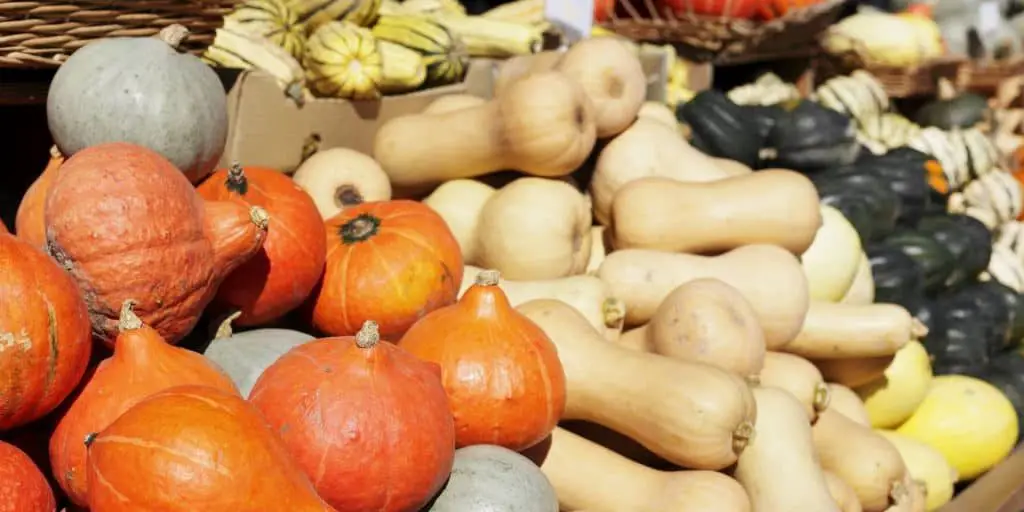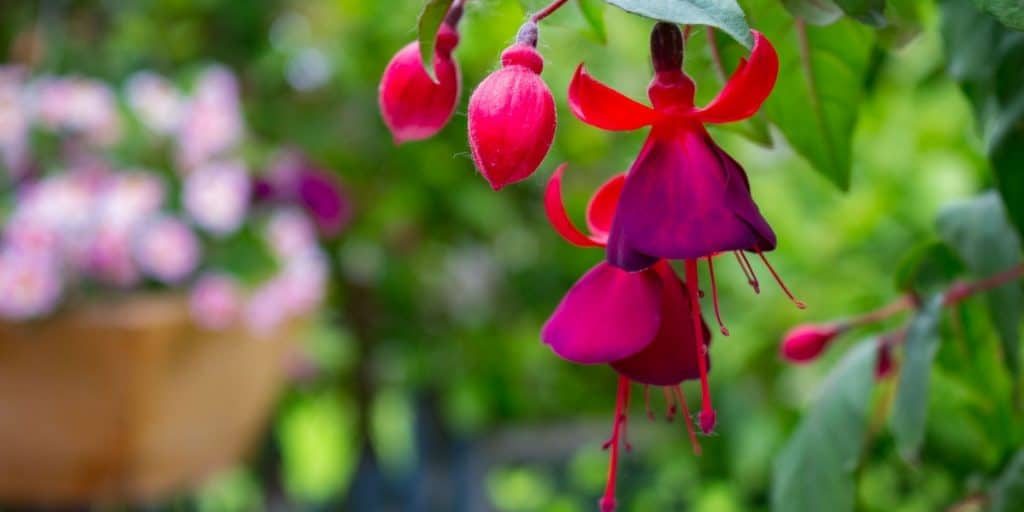
Gardening to Attract Hummingbirds and Butterflies
The flutter of wings and the whiz of hummingbirds are clear signs of success to any gardener. Sharing the garden with these nectar-loving birds and butterflies means there are flowers blooming and there is an abundance of food attracting them. Below, you’ll find some tips on what to do when you’re working on attracting hummingbirds and butterflies to your garden.
What are Hummingbirds looking for?
Hummingbirds are attracted to bright reds and purples of flowers. They particularly like flowers with a long tubular form. This type of flower typically has nectar only a hummer can access with its long beak – it’s like a guaranteed meal.
Make sure to have a steady source of food for them if you are trying to attract hummingbirds. Carefully choosing plants that flower at different times of the year, or over and over throughout an entire season, will keep these tiny birds coming back again and again.
There is an additional, and often forgotten, reason to attract hummingbirds to your garden: they eat insects. That’s right. They eat at least their body weight every day. They’ll go after ants, aphids, fruit flies, gnats, weevils, beetles, mites and those annoying mosquitoes all day long. The more hummingbirds your garden can attract, the fewer insects (and spiders) you’ll encounter.
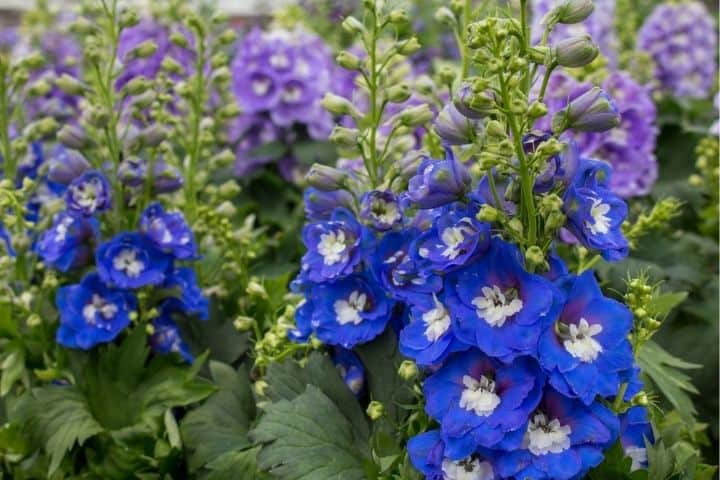
Hummingbird Magnet Plants
Some plants are like a hummingbird siren call – if you plant it, they will come. The flowers on these plants are just the right color and shape for hummers.
Here are the top three plants for attracting hummingbirds:
The Cape Fuchsia shrub has long, bright pink tubular flowers. There are varieties with green or burgundy leaves. This is a must-have when growing a garden to attract hummingbirds.
Salvia is another favorite. As one of the most popular bloomers for pollinator gardens, you’ll find this your local nursery as early as April, depending on your location. There are many different types of Salvia and the flower colors range from reds to purples.
Weigela is another shrub with tubular flowers. Butterflies and hummingbirds flock to this colorful plant. Weigelas come in many different colors: yellow, reds, purples, and whites. Some varieties can grow nine feet tall – that’s a lot of flowers!
A few more hummingbird favorites are foxglove, delphinium, heuchera, bee balm, honeysuckle, and penstemon.
To observe these fast flyers up close, place a fuchsia hanging basket near a window where you can watch them come by for their nectar treat from inside your home. This is a great flower to add to your garden when you’re working on attracting hummingbirds and butterflies.
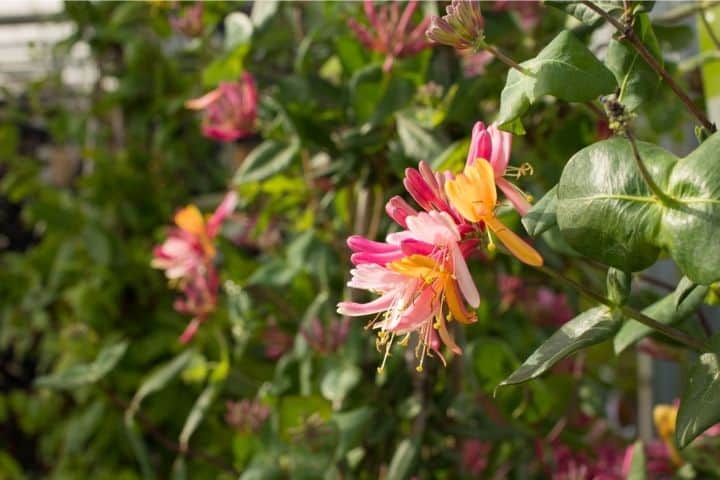
What are Butterflies looking for?
Butterflies look for a messy or natural habitat since many of plants that their larvae eat are typically found in the wild. Clover, thistle, and stinging nettle to name a few. You aren’t likely to plant these weeds in your garden though. The good news is butterflies need nectar flowers too.
When sourcing nectar, butterflies also look for shallow sources of water. Birdbaths with a lip will give butterflies the access to water they need and a place to bask in the sun in the heat of summer. They will also sip from mudpuddles or a dish.
Of course, a water source will attract all types of birds. If you have a raised birdbath, this will provide a somewhat safer place for birds to take a drink and rest since they will be further away from any neighborhood cats.
Plants for Attracting Butterflies
Butterfly Bush and Milkweed are the mainstays for butterfly attraction. However, these two plants couldn’t be more different. The Butterfly Bush is a fast grower and needs to be pruned every year.
Milkweed requires a two-year commitment to bloom. This plant is biennial so it flowers in its second year and will self-seed for the following years. Be sure mark it in your garden so it’s not mistaken for a weed in the non-blooming years. Monarch Butterflies only lay their eggs on milkweed leaves, which is why this is such an important plant to grow when wanting to attract butterflies to your garden.
Butterflies have an acute sense of smell through their antennae, tongues and even feet. Heavily scented flowers will draw them to your garden. Some of these plants include yarrow, lilacs, phlox, dianthus, cosmos, Shasta daisies, hollyhocks, lavender and zinnias. They also love the small bits of nectar these flowers offer.
Having hummingbirds sipping nectar, scooping up insects and flying by with the occasional butterfly will turn your yard into a busy, active garden. If these pollinators do their jobs, your yard will be bursting with more flowers than ever. This is another wonderful reason to try attracting hummingbirds and butterflies to your garden!
Enjoy these flying pollinators you attract to your flowering garden.
